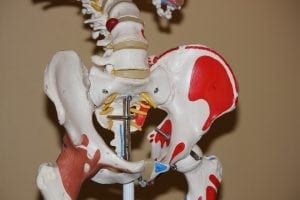Perthes Disease
What is Perthes disease?
Perthes disease is a condition that affects the hips of children. The blood supply is cut off from the ball of the hip joint, resulting in the death of the bones. The bone can break off and change shape, causing pain and stiffness. While the blood supply will be restored, permanent damage can still occur.
What are the symptoms of Perthes disease?
Symptoms include:
- Limping
- Pain that can worsen with physical activity
- Limited range of motion in the hip
- Pain and stiffness in the hip and leg
This disease also results in a higher risk of arthritis in the hip in adulthood. Older children who are affected face a higher likelihood of hip issues later in life in comparison to younger children.
What causes Perthes disease?
This disease occurs when the blood supply to the hip is cut off, but medical professionals do not know what causes the temporary cut off. They do know of a number of risk factors: being white, being male, being between four and ten years old, and certain genetic mutations.
How is Perthes disease diagnosed?
A physical exam to see how the hip functions is the first step in obtaining a diagnosis. Imaging tests, such as MRIs and X-rays, will be used to confirm.
What are the treatments for Perthes disease?
The treatment process for Perthes disease can take several years, as it consists of bone death, fracture, and renewal. For some, a specific leg cast can ensure that the hip heals correctly, and that is sufficient treatment. For others, surgery is needed to reform the ball of the hip socket. Other treatment options consist of physical therapy, crutches, restrictions in physical activity, and anti-inflammatory medications.
Where can I find out more about Perthes disease?
Perthes Disease Articles

Boy with Perthes Disease Forms Bond with Dallas Cowboys’ Cooper Rush

Patient Story: Cameron Mathison’s Experience with Legg-Calve-Perthes Disease

Boy with Perthes Disease Tees off at Charity Golf Tournament







